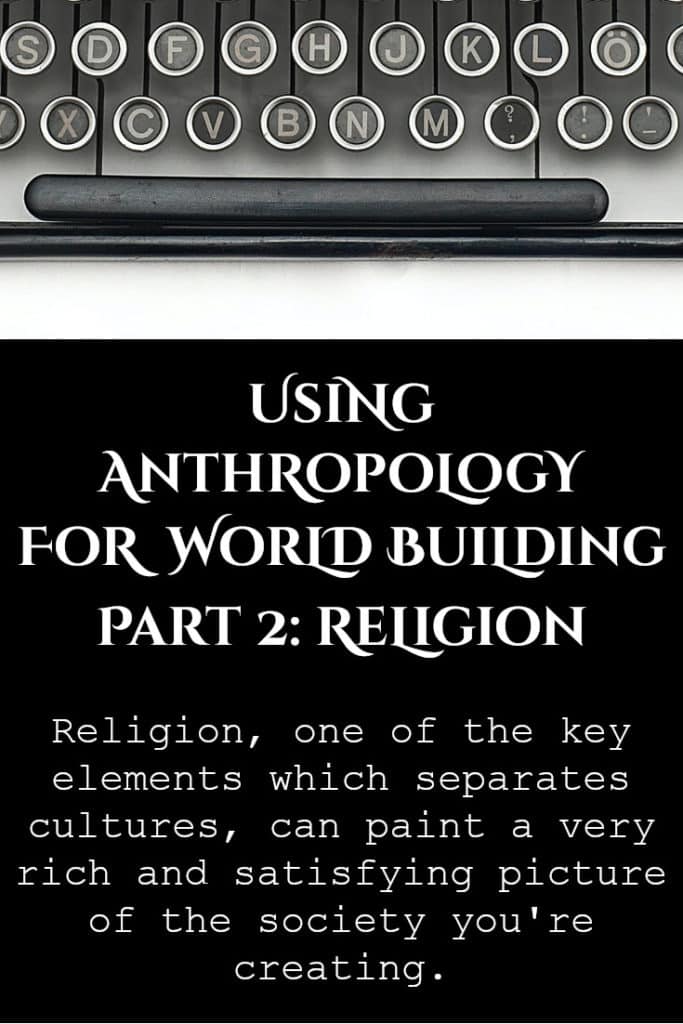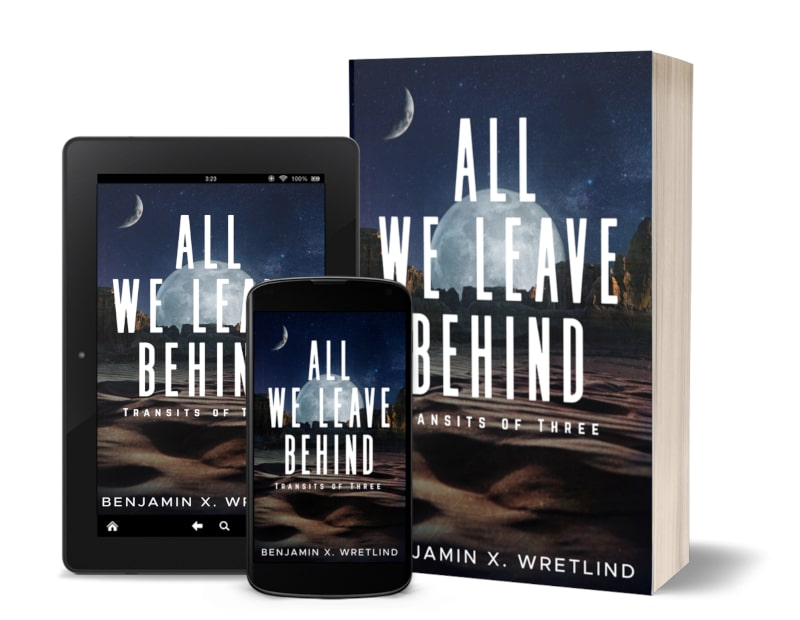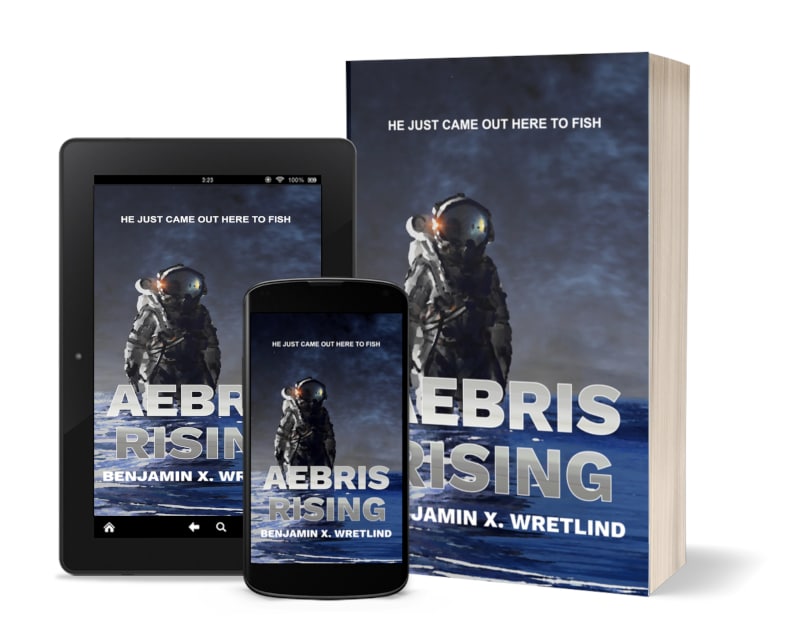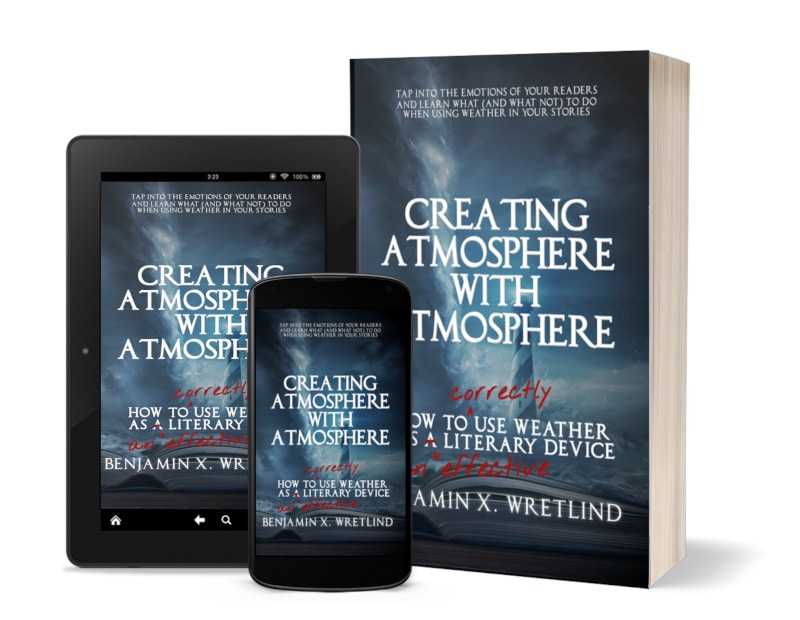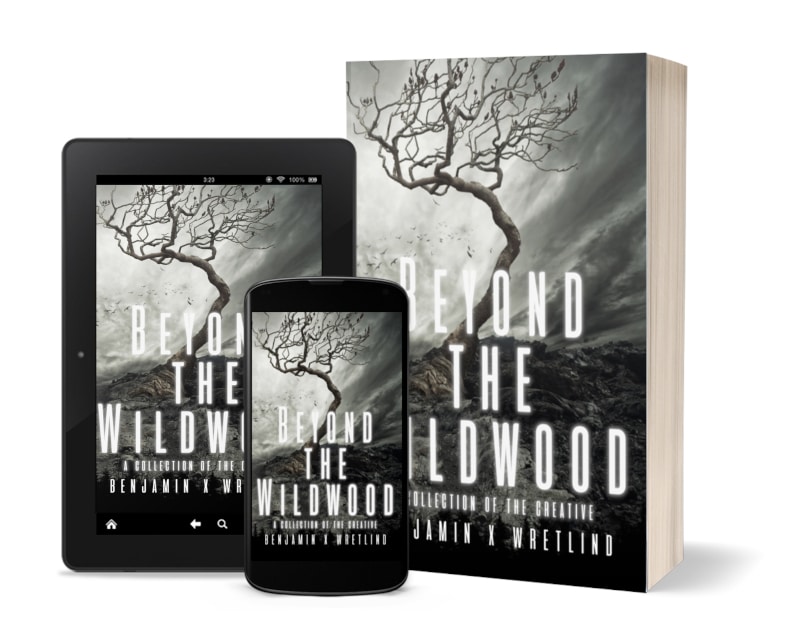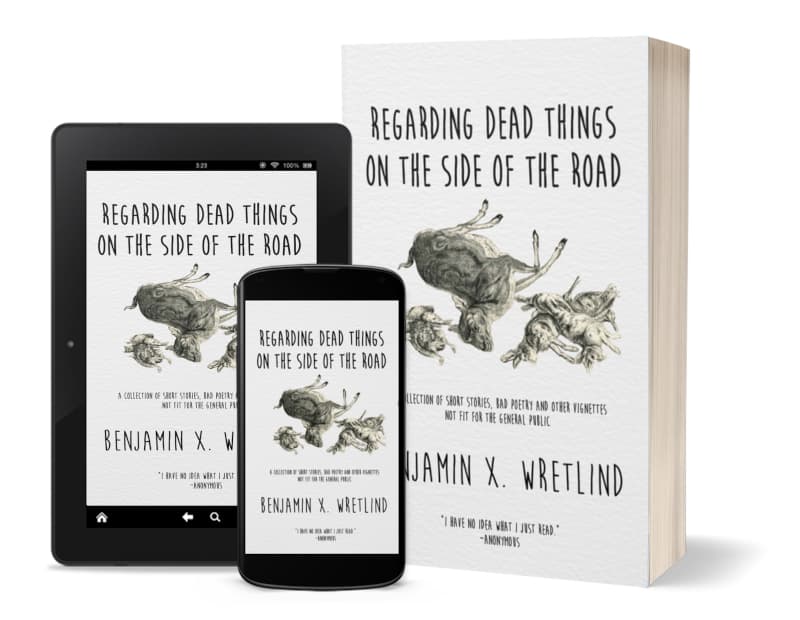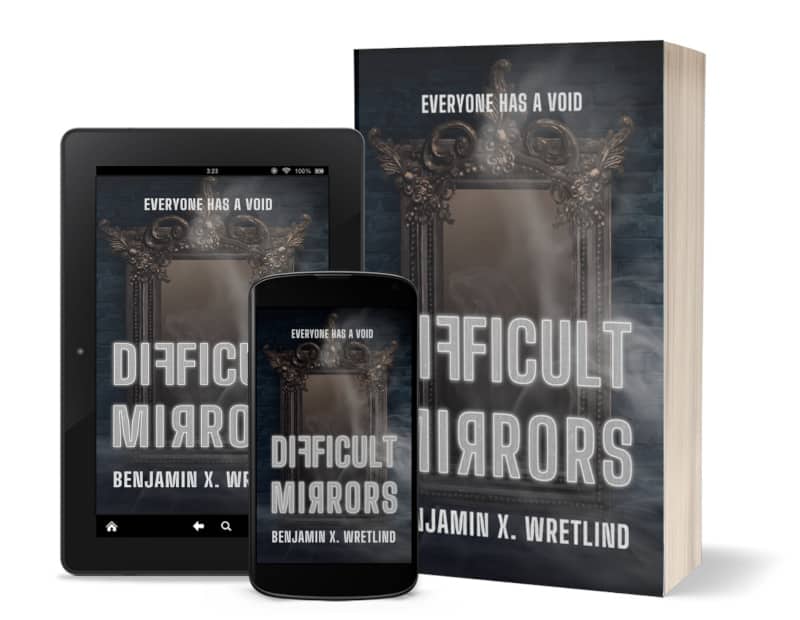Using Anthropology for World Building – Part 2 (Religion)

In this second article on how to use anthropology for world building, we’ll focus on the element of religion. Recall that there are eight elements of culture that separate one from another. They are:
- Language
- Religion
- Social Groups
- Arts & Crafts
- History
- Government
- Economy
- Daily Life
The last post was all about language. This one is all about religion.
I’ve written before about religiosity in fiction, which covers a broad area. Religious cults and religions are not confined to horror or fantasy novels. They can, in fact, act as both antagonist and protagonist within any genre and certainly bring a different level of realism to your world building experience.
This includes science fiction, thrillers, literary fiction, and even romance.
There are several examples of how religion has been used to help form create a culture, from the obvious Dune by Frank Herbert to the more obscure Blasphemy by Douglas Preston. In romance, religion might be used to establish moral boundaries (or work against them).
Arguably, the most prominent religion within science fiction is that which exists within the Star Wars universe in the form of the Jedi and the Sith. Even if you have never seen the movies, read any of the books, or indulged in the television shows, the “Force” is a ubiquitous presence in our culture.
So, what is it about this one fictional religion that so strikes a chord in our collective minds? Perhaps it’s as simple as good versus evil, the light versus the dark, the protagonist versus the antagonist.
Or, it could be much more complicated, a reflection on our societal traditions and mores laid out for us in a digestible philosophy that can be swallowed up by the youngest of fans. When I took my oldest to see The Phantom Menace when he was just four, even he understood.
Some arguments could be made that the Force as depicted in Star Wars is more magical than supernatural, a fantastical deus ex machina to solve certain problems in the plot. However, religion here is not only used to solve problems but create them as well.
The Force adds tension, and tension drives story.
Religion is part of the human experience, whether you believe in one deity, multiple deities, or none at all. The brain and religion go hand-in-hand.
In a paper written up in the Iranian Journal of Neurology, Alireza Sayadmansour writes that:
Neurotheology, also known as “spiritual neuroscience”, is an emerging field of study that seeks to understand the relationship between the brain science and religion. Scholars in this field, strive up front to explain the neurological ground for spiritual experiences such as “the perception that time, fear or self-consciousness have dissolved; spiritual awe; oneness with the universe.”
Sayadmansour A. (2014). Neurotheology: The relationship between brain and religion. Iranian journal of neurology, 13(1), 52–55.
Spiritual awe and oneness with the universe can be incorporated into your world such that your characters are more dynamic and well-rounded.
In the Transit series–which starts with Out of Due Season: The First Transit–religion is not only a thing that exists in fiction as an aside (e.g., “he went to church”), but as a character in its own right. The cult that is established by Father Elijah Jonas becomes a seed for later trials inside the series.
With over 10,000 religions in the world (and more, if you include offshoot cults), religiosity in fiction is not as hidden as you may think.
Even the absence of a religion can inform your world building, provided it is stated that the culture you’re describing is specific about that lack of religion. For example, by saying “we don’t believe in any god or gods,” you have established that a particular element of your culture is atheistic.
When you think about religion in world building, you don’t have to view it as something that is formed or ritualized. It can be “spiritual awe” or a “oneness with the universe” as Sayadmansour states above.
You can also pit one belief against another in order to create tension. In the third book in the Transit series, I’m taking that exact approach: three separate groups emerge from a singular culture. One is agnostic, one is atheistic, and one continues the religious rites and traditions of the parent culture.
Those religious rites and traditions are established in the second novel, Sunshine and Shadow which will be released on July 12th, 2022. The primary catalyst for the social mores and norms the colonists initially follow was Elder Marcus, who felt a ritualized society might be more compliant.
That compliance leads to problems (narrative conflict), but it was important to state that if you have almost 900 people living together on a new planet, many of them would establish a religion based on the beliefs of their ancestors or on things they have witnessed in the present. Many others would eschew those beliefs, as well.
In your world building, you can go so far as to create a whole new religion, too. Perhaps your characters follow a god that lives in the trees or worship a beast that hides out inside a cave.
Whatever approach you take, remember that religion is one of the eight elements of culture and one that can paint a very rich and satisfying picture of the society you’re creating.
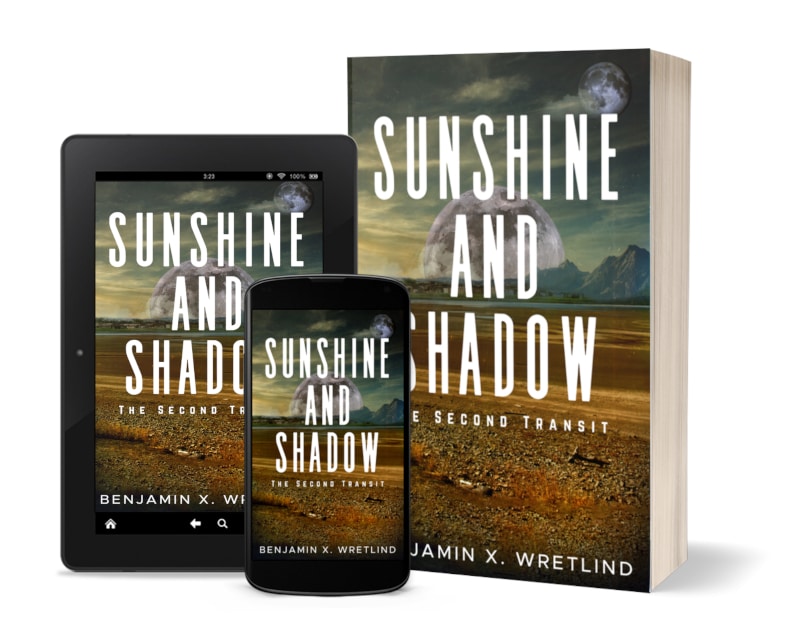
To see how religion can be used to help define a culture, you can check out Sunshine and Shadow: Exodus, or The Second Transit.


